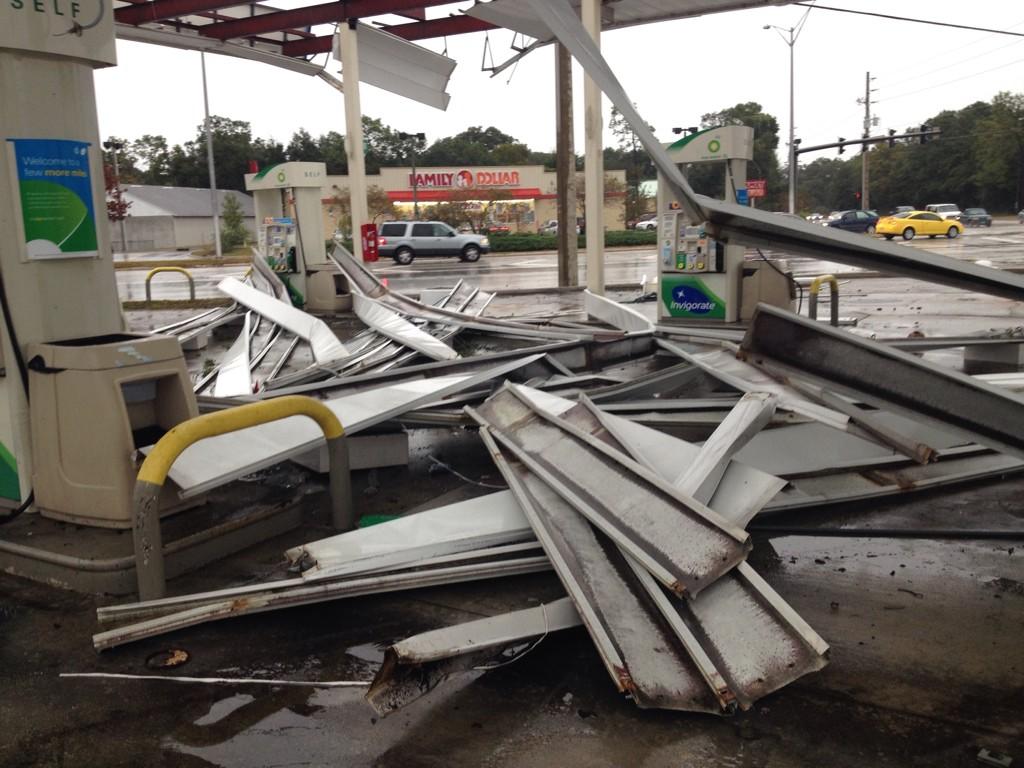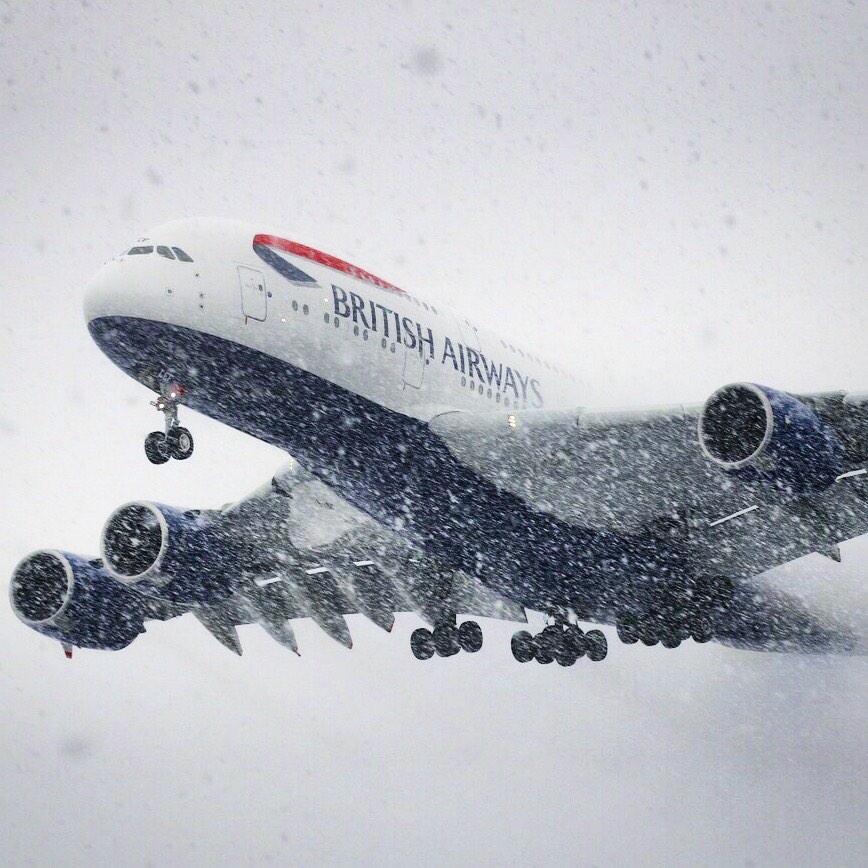Heat Waves and Cold Fronts
During the infamous 1995 Chicago heat wave, 750 city residents died, again, mostly elderly individuals in the heart of urban areas.
Besides social isolation, the other main issue is a lack of air conditioning among lower income, sometimes elderly residents. After all,
AC is one of the top factors that prevents heat deaths, Dr. Breysse said. "The elderly in particular are susceptible to the impact of either very cold or very hot waves," he emphasized.
Air Pollution
Outdoor air pollution — whether it's the particulate matter spewing from factories, cars and aerosols, or ozone smog, which gets worse on hot, humid days — can harm those with respiratory conditions, heart disease and allergies.
Sewage and Cities
When heavy rains hit cities, municipal sewer systems are often overwhelmed, dumping a mix of storm water and untreated sewage into nearby waterways.
It's a nationwide problem — an estimated 775 communities in the United States have sewer systems constructed this way, with combined sewage and storm water pipes, including New York City and Chicago. Combined sewer overflows, as these events are known, can have far-reaching impacts. For example, CSO outfalls are "the single largest source of pathogens to the New York Harbor system," according to the
New York Department of Environmental Protection,"
Newsweek recently reported.
Sewer overflows in cities create environmental problems as well, such as
toxic algae blooms (shown above), one reason why the Environmental Protection Agency is currently regulating municipalities to ensure an overhaul of city sewer systems.





